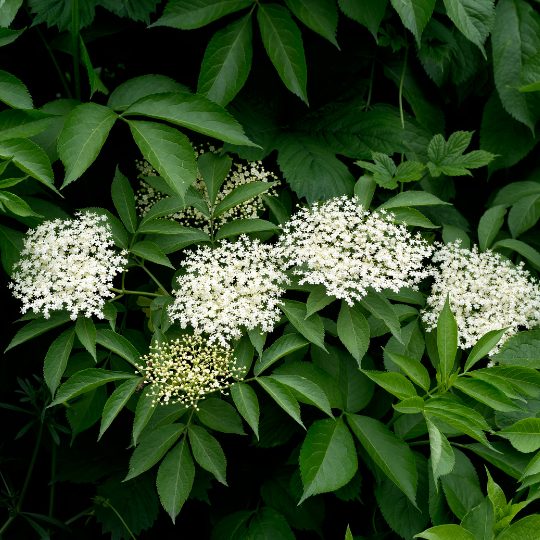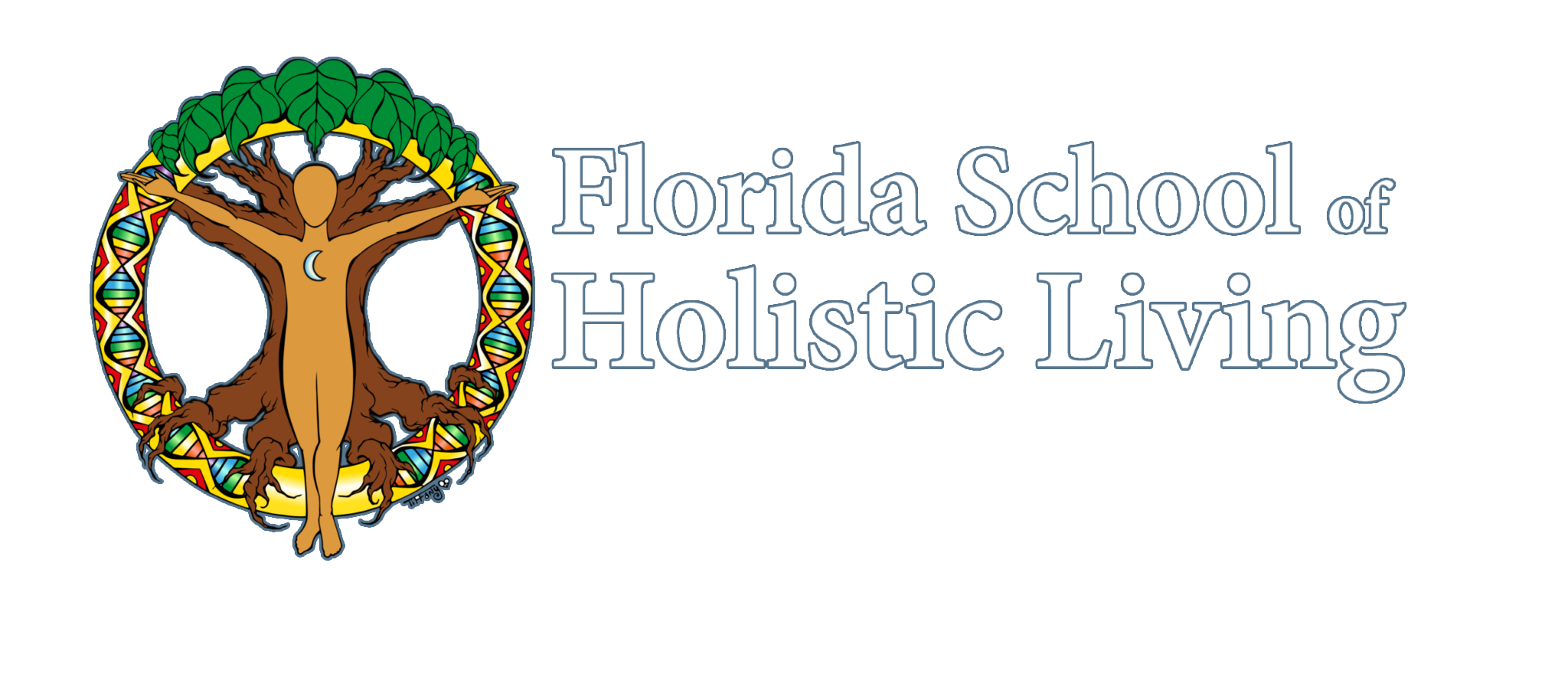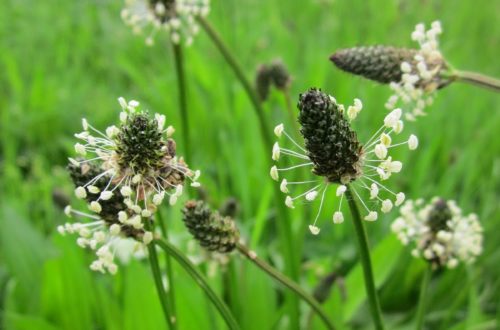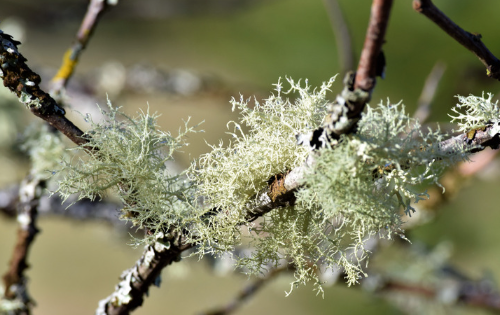
Elder
Latin Name: Sambucus nigra subsp. canadensis
Common Names: elderberry, American elder, common elderberry, tapiro, sauco, Mexican elderberry, blue elder, American black elderberry, tree of music, pipe tree
Family: Adoxaceae
Habitat: This perennial shrub grows all over the eastern US and is also native to FL and found across the state. It prefers riparian areas and edges of habitats, and is commonly seen growing along roadsides at the edges of wooded areas. Elderberry commonly grows up to 12 ft. high and often higher if not maintained and pruned each year. Leaves are opposite and pinnately compound with ovate leaflets usually in pairs of 4-6 with the terminal leaflet being the largest. It blooms from spring into summer, with a large inflorescence covered in lots of creamy white, fragrant flowers that can span up to 10 inches across. Very attractive to a variety of pollinators, including small sweat bees, yellow-faced bees, and small carpenter bees. Dark purple to black colored berries form large clusters after the blooms are gone and are a favorite food of many bird species. Often on one single shrub you will find flowers, green unripe berries, and dark, ripe berries all at the same time!
In the garden, it prefers part shade, but can sometimes tolerate full sun exposure. It has an open form often with many branching stems, which benefit from being pruned each year to maintain a form that is not so leggy and wild. Stems can be cut nearly to the ground, just above a node, so that when it begins to grow again it will form new stems from the node. Pruning will also keep elderberry from getting too tall, which is helpful for harvesting flowers and berries. It does spread from underground runners and will pop up near to the main shrub, and these small plants that come up can be dug up and planted elsewhere or shared. You can also propagate it from softwood cuttings. It tolerates a variety of soil conditions in FL and does not need extra water or fertilizer after it becomes established.
Parts Used: Nearly all parts of the elderberry shrub are used, for food and/or medicine, or for making things like dyes, instruments, arrow shafts, etc. Medicinally, both the flower and berries are used primarily, but leaves can be used as well, usually topically. Elderflowers can be harvested by snipping off the base of the large floral umbel, or the pollen can be shaken loose and collected in a bag. To harvest berries, snip the base of the large fruit cluster and place on a sheet tray and then into your freezer. After berries have frozen, hold them over a large bowl and garble the fruits, letting them fall, which is much easier when they are frozen and makes much less of a mess! Branches can be cut and made into instruments like flutes and whistles, after the soft inside pith has been removed.
History/Tradition: Elderberry has a long history of use by ancient Europeans and native peoples of the Americas. The name Sambucus, refers to an instrument, the Sackbut, which was an ancient stringed instrument, though it’s not likely that elderberry wood was actually used for this type of instrument. Greek physician, Hippocrates, called elderberry his “medicine chest” in 400 BC, and Pliny the Elder writes about how elderberry produced the shrillest pipes used by countryfolk. The common name “elder” comes from the Anglo-Saxon word aeld, which means fire and refers to the use of the hollow elderberry stems to blow on fires.
Energetics: bittersweet, cool, dry
Indications: Elderberry is widely used as a cold and flu remedy due to its antiviral properties and ability to strengthen cell membranes preventing virus penetration. A syrup made from the berries and sweetened with honey is beneficial to take as soon as you notice any cold or flu-like symptoms, to help lessen the duration of illness. A hot tea made from the flowers will help break a fever as well as help expel excess mucus from the body. Topically the leaves can be dried and infused in oil, then made into a salve used for bruises, strains, and wounds.
Systems: Immune system, nervous system, musculoskeletal system
Actions: antiviral, antioxidant, diaphoretic (flowers), anti-catarrhal (flowers), laxative, alterative, astringent, diuretic, antirheumatic, nervine
Cautions: Unripe berries should not be ingested as they contain cyanogenic glycosides, however cooked berries are safe to consume.
Constituents: Flowers contain triterpenes, phenolic acids, pectin and sugars; Leaves contain triterpenes, cyanogenetic glycosides, fatty acids, alkanes, and tannins; Berries contain flavonoids, phenolics, anthocyanins, vitamin C, citric acid, and sugars.
Culinary Use: The flowers can be made into a cordial, which makes a wonderfully refreshing drink when paired with bubbly water in the summer. Flower umbels are also dipped in batter and deep fried, then topped with syrup! The berries are often made into a syrup, jelly, wine, vinegar, even pies!
To make elderberry syrup:
2 cups water
½ cup berries (dried) or 1 cup (fresh)**
Simmer water and berries until water level has decreased by half. Strain out berries into a sterilized jar, then stir in equal amount of honey, which acts as a preservative and has its own medicinal qualities. Take 1 tsp. a day as a preventative, or 1 tsp. every 3-4 hours when in active infection. **You can also add other things to the elderberries while they steep, like ginger, cinnamon, star anise, cardamom, and black pepper.
Other Uses: Elderflower water has been used for women’s skin care, helping to keep skin fair, and is soothing to sunburns. Elderberry wood has been used historically for making combs, pegs for shoemakers, needles for weaving, blow guns, instruments, percussion sticks, and more!
References:
https://www.wildflower.org/plants/result.php?id_plant=sanic4
https://www.fnps.org/plant/sambucus-nigra-subsp-canadensis
https://plants.usda.gov/DocumentLibrary/plantguide/pdf/cs_sanic4.pdf
https://www.herbrally.com/monographs/elder
https://www.herbsociety.org/file_download/inline/2084e920-b3bf-48da-8596-037fd76e46b7
https://www.botanical.com/botanical/mgmh/e/elder-04.html
Medical Herbalism: The Science and Practice of Herbal Medicine by David Hoffman. 2003. Healing Arts Press.
Florida’s Edible Wild Plants: A Guide to Collecting and Cooking by Peggy Sias Lantz. 2014. University Press of Florida.
Written by Jaime Pawelek.




